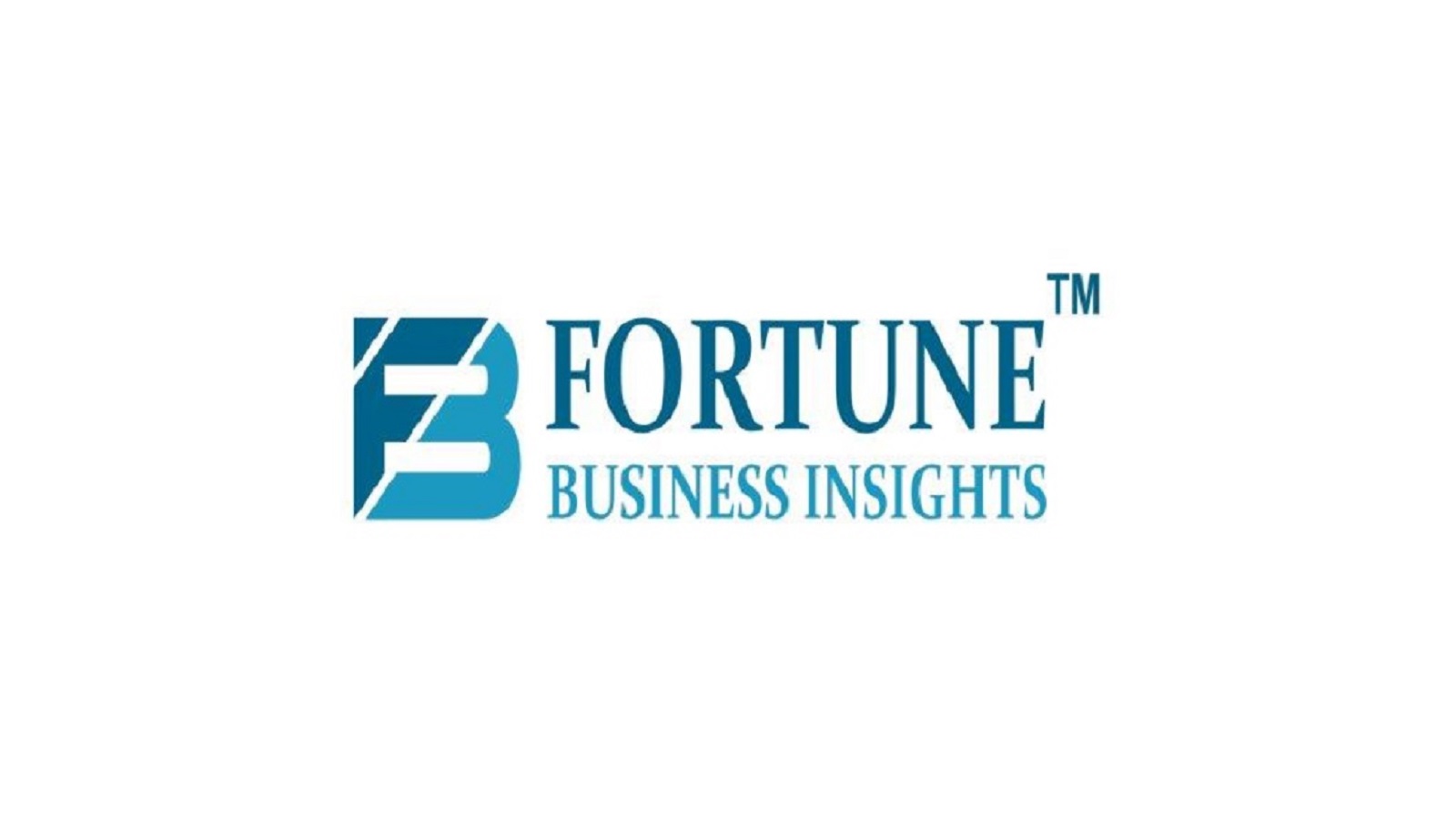Bengaluru, NFAPost: The global fuel cell market is touted to grow rapidly by reaching USD 28.95 billion by 2028 while exhibiting an exceptional CAGR of 36% between 2021 and 2028, according to Fortune Business Insights report titled, “Fuel Cell Market, 2021-2028.”
The report further adds that the market stood at USD 2.62 billion in 2020 and is projected to showcase considerable growth in the forthcoming years.
This is attributable to the growing demand for innovative energy products and the increasing focus on developing zero-emission vehicles across the globe.
- January 2021 – Navistar Inc., General Motors, and OneH2 announced their partnership to develop advanced solutions for long haul transportation systems with zero emissions. The companies aim to develop an ecosystem for hydrogen-powered trucks.
- February 2021 – Hydrogen conversion specialist, Ulemco, Ocado, Lyra Electronics, and Promech Technologies announced the development of London’s first-ever hydrogen ambulance, Zero.
COVID-19 – Market to Exhibit a Stellar Growth of 14% in 2020
The market has experienced a seismic effect due to the COVID-19 pandemic while major disruption in the supply chain dampening the demand for battery cell products. Therefore, it will experience a slow-paced growth with a stellar CAGR of 14% in 2020. However, several government agencies focusing on economic booster packages and the proactive step by several companies to reinstate the operations will contribute to the fuel cell industry’s growth in the long run.
Market Segmentation
We have segregated the market based on type, application, and region.
On the basis of type, the market is segmented into Proton Exchange Membrane Fuel Cell (PEMFC), Solid Oxide Fuel Cell (SOFC), Phosphoric Acid Fuel Cell (PAFC), and Others.
- Based on type, the SOFC segment held a market share of about 25.1% in 2020 and is expected to experience exponential growth during the forecast period. This is ascribable to the several benefits offered by SOFC, including fuel flexibility, high CHP efficiency, and high output power units that make them favorable across the globe.
Based on application, the market is divided into portable, stationary, and transport. Lastly, on the basis of region, the market is segmented into Asia-Pacific, Rest of the World, North America, and Europe.
Contents of the Report
The market report includes an elaborative analysis of several factors having an impact on the market. These include growth drivers, opportunities, threats, restraints, and key developments. It further analyzes, defines, and segments the market based on different aspects such as type and application. Additionally, it strategically analyzes several strategies such as alliances, product innovations, mergers, acquisitions, and partnerships adopted by key players in the industry during the forecast period.
DRIVING FACTORS
Increasing Focus on Deployment of Zero-Emission Vehicles to Aid Growth
The fuel cells are primarily developed to ensure uninterrupted electricity to a system by burning oxygen and fuel. Moreover, the production of electricity is efficient and clean, and therefore, these cells are adopted across several automotive applications. Owing to their superior performance, durability, and efficiency, they play a pivotal part in reducing harmful emissions and, thus, widely adopted across buses, trucks, and submarines. Therefore, the growing demand for zero-emission vehicles is expected to boost the global fuel cell market growth in the forthcoming years.
REGIONAL INSIGHTS
Asia-Pacific – The region stood at USD 1.41 billion in 2020 and is expected to hold the largest global market share in terms of revenue during the forecast period. This is attributable to the increasing focus on developing hydrogen fuel charge infrastructures in countries such as China, South Korea, and Japan in the region.
North America – The market in the region is expected to experience considerable growth backed by the increasing investment in building advanced hydrogen refueling infrastructures in countries such as the U.S. between 2021 and 2028.
Europe – The region is expected to showcase exponential growth owing to the imposition of stringent rules and regulations to promote sustainable energy generation.
COMPETITIVE LANDSCAPE
Collaboration between Major Companies to Expand Their Product Portfolio and Boost Sales Revenue
The market is witnessing fierce competition among the players positioned in it. These players are strategically collaborating with other companies to expand their product portfolio and gain a global footprint. Additionally, other key players are focusing on organic and inorganic growth strategies to maintain their presence that will contribute to the growth of the market in the forthcoming years.
Industry Development:
- December 2020 – Ceres Power and Bosch announced their collaboration to boost the prototyping and large-scale SOFC systems production. The two companies aim to develop a system with an initial capacity of 200 MW for a wide range of industries by 2024.
List of the Companies Operating in the Global Fuel Cell Market
- Horizon Fuel Cell Technologies (Singapore)
- ElringKlinger (Germany)
- Hydrogenics (Canada)
- SOLIDpower Italia (Italy)
- Ceres Power (UK)
- Ballard Power Systems (Canada)
- AVL (Austria)
- Bosch (Germany)
- Pragma Industries (France)
- Mitsubishi Heavy Industries (Japan)
- W. L. Gore & Associates (U.S.)
- Nedstack Fuel Cell Technology (Netherlands)
- Proton Motor Fuel Cell GmbH (Germany)
- Bloom Energy (U.S.)
- AISIN (Japan)
- Convion (Finland)
- ITM Power (UK)
- Plug Power (U.S.)
- Nuvera Fuel Cells, LLC (U.S.)





